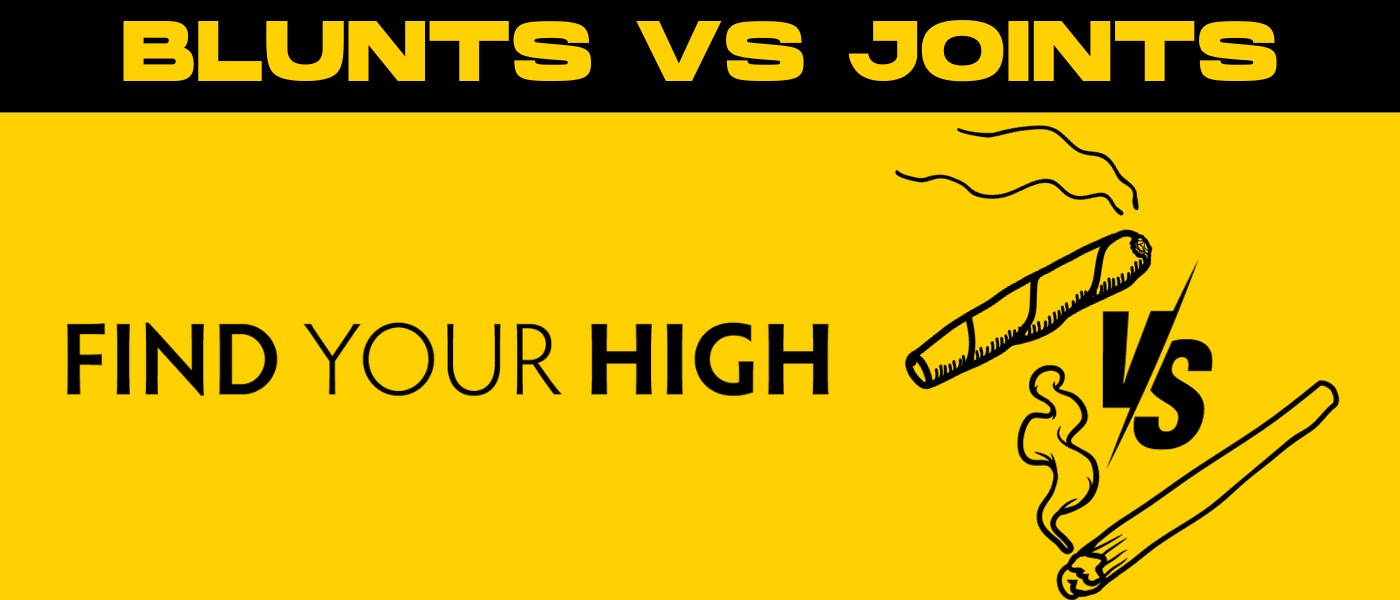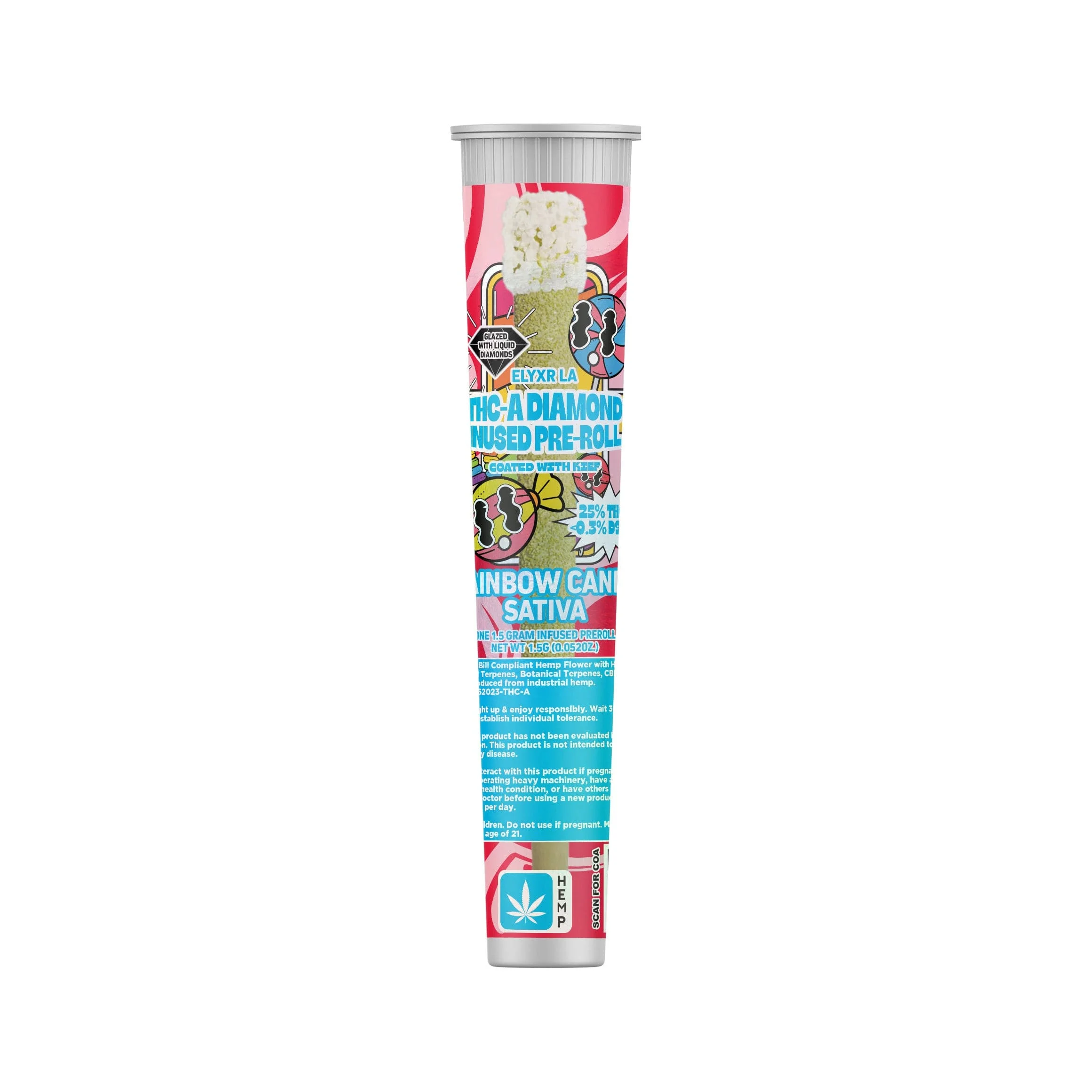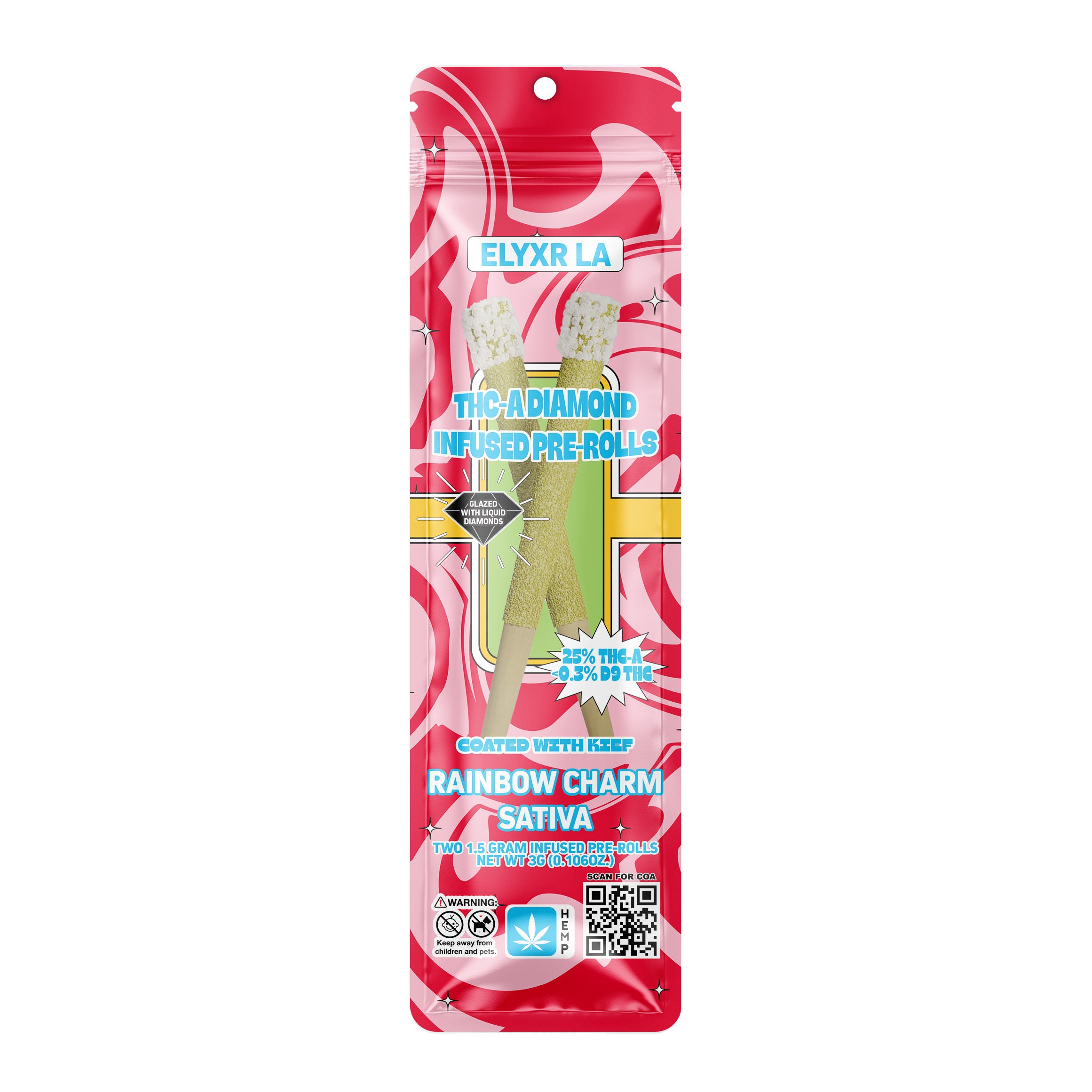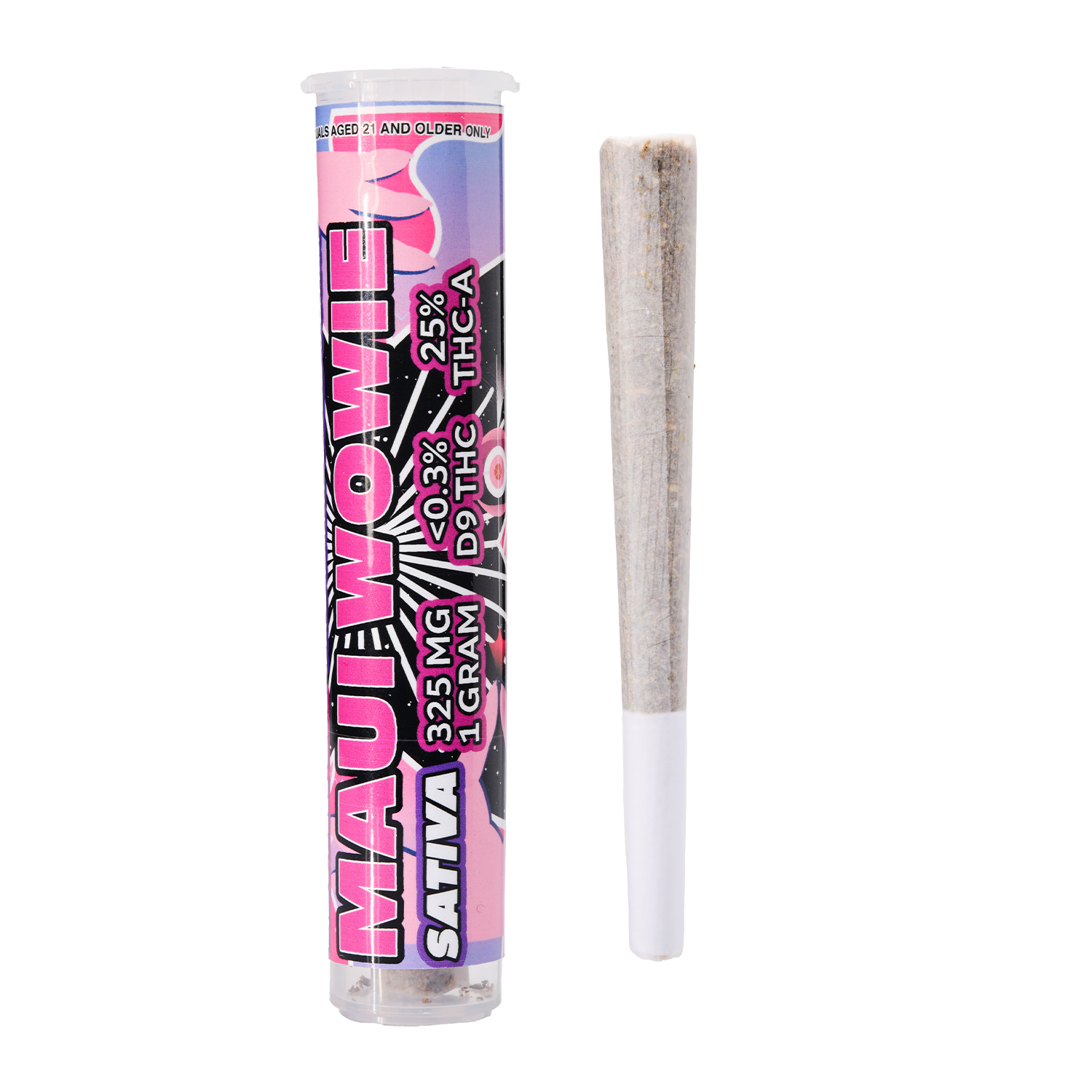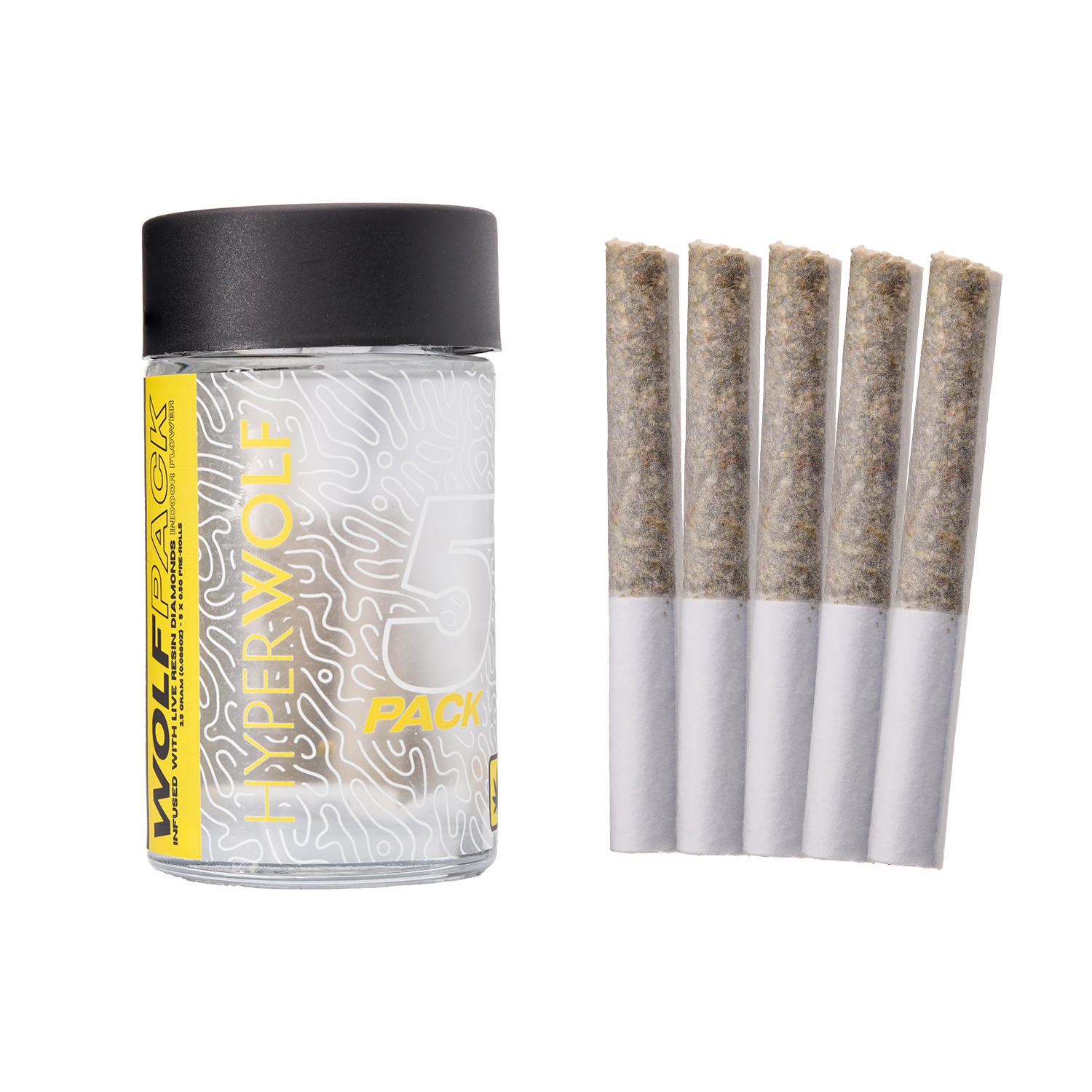In the world of cannabis, few topics spark more laid-back debate than the blunt vs joint question. These are two of the most iconic, accessible, and social ways to enjoy cannabis, yet they’re far from the same.
Whether you’re new to the scene or a seasoned smoker looking to settle the score, understanding what sets these two apart can elevate your entire experience. From how they’re rolled to how they burn, blunt and joint smokers each have their reasons for loyalty.
But which one is better? That depends on what you’re looking for. In this guide, we’ll break down everything you need to know about blunts and joints—their differences, pros and cons, and how to choose the best option for your vibe.
What Is a Joint?
Let’s start with the classic: the joint. Often considered the “standard” form of smoking cannabis (at least when it comes to rolling), a joint is a simple, straightforward smoke. At its core, a joint consists of finely ground cannabis rolled in a thin paper—typically made from rice, hemp, or wood pulp. These rolling papers come in various flavors and sizes, but they’re always designed to burn evenly and quickly.
Joints usually include a crutch or filter at one end, which helps keep plant material out of your mouth and provides a solid base to hold. They’re ideal for those who want a clean, unadulterated cannabis experience. There’s no tobacco, no additives—just pure flower. This makes joints especially popular among health-conscious consumers or those looking for a smoother smoke.
Another perk? They’re portable, discreet, and perfect for solo use or sharing. Whether you’re sparking up at a festival, unwinding after work, or simply enjoying a walk in nature, joints are a go-to choice for their convenience and quick setup.

What Is a Blunt?
Now let’s talk blunts. A blunt is also a hand-rolled cannabis product for cannabis consumption, but the wrap used makes all the difference. Instead of traditional rolling papers, blunts are made with tobacco leaf wraps—usually sourced by gutting a cigarillo (like a Swisher or Dutch) or using store-bought blunt wraps. These wraps are thicker, burn slower, and often add a tobacco kick to the experience.
Blunts are known for their durability and larger capacity. If joints are like a cup of coffee, blunts are more like an espresso shot with extra syrup—they’re stronger, more intense, and pack a punch. The inclusion of tobacco means you get a slight buzz from the nicotine, which some people enjoy for the headrush it adds to the cannabis high.
They’re also widely associated with hip-hop and pop culture, giving them a certain swagger that joints don’t quite match. Think Snoop Dogg, Wiz Khalifa, or just about any classic rap video from the 2000s. Blunts aren’t just a method—they’re a statement.

Key Differences Between Blunts and Joints
While both blunts and joints serve the same basic purpose—delivering cannabinoids—they differ in almost every other way. Let’s break down the most important distinctions:
- Paper Type: Joints use thin rolling papers made from rice, hemp, or wood pulp. Blunts use thick, cigar-style wraps made from tobacco leaf or hemp-based alternatives.
- Tobacco Content: Joints are typically pure cannabis. Blunts, unless made with hemp wraps, contain tobacco, adding nicotine into the mix.
- Burn Time: Joints tend to burn faster due to thinner paper. Blunts offer a slower, more prolonged session thanks to their thicker wraps.
- Flavor Profile: Joints let the cannabis terpene profile shine. Blunts offer a mix of cannabis and the wrap’s flavor—earthy, smoky, or even fruity.
- Harshness: Joints provide a smoother smoke. Blunts are often harsher on the throat due to the tobacco content and thicker paper.
- Size and Strength: Blunts hold more cannabis, making them more potent overall, especially when shared in a group.
Blunts can feel more like a social event, while joints offer a more personal and refined experience.
Pros and Cons of Joints
Joints have been a fan favorite for smoking marijuana for a reason, but like anything, they come with their own set of strengths and drawbacks.
Pros:
- Pure cannabis: No added tobacco, which is ideal for those who want a cleaner, more natural experience.
- Smoother smoke: The thin paper creates a less harsh inhalation, perfect for beginners.
- Customizable: Choose your preferred rolling paper and strain for a tailored session.
- Quick and easy: Great for spontaneous sessions without too much prep.
Cons:
- Fast burn: Joints don’t last as long, especially when smoked outdoors or with friends.
- Fragile: Thin paper can tear easily or unravel if not rolled properly.
- Less intense: Lighter smoke and shorter sessions may not satisfy heavier users.
Overall, joints offer a pure and portable option, perfect for those who value simplicity and flavor clarity.
Pros and Cons of Blunts
Blunts are bold, flavorful, and built to last—but that extra punch can come with a cost. Here’s the breakdown.
Pros:
- Longer burn time: The thicker wrap allows for a more extended session, perfect for passing around.
- Richer flavor: The combination of wrap and cannabis flower adds complexity to each puff.
- Stronger effect: The combo of nicotine and cannabis can result in a more powerful head and body high.
- Cannabis culture cred: Let’s face it—blunts are iconic and a staple in many music and cultural scenes.
Cons:
- Tobacco concerns: Nicotine can be addictive and may not be suitable for everyone.
- Harsher smoke: The thickness of the wrap and tobacco content in this smoking method can irritate the throat or lungs.
- Overpowers cannabis flavor: Some wraps can mask or alter the taste of your strain.
- Less discreet: The size and smell of a blunt tend to draw attention.
Blunts are best suited for more experienced smokers who enjoy a robust and flavorful session.
Which One Should You Choose?
When it comes down to it, choosing between a blunt and a joint depends entirely on your preferences, lifestyle, and goals. If you’re looking for a healthier, more cannabis-forward experience, a joint might be your best bet. They’re lightweight, easy to manage, and let the terpenes and cannabinoids of your flower shine through.
Blunts, on the other hand, are ideal for social gatherings, extended sessions, or those who enjoy the extra nicotine kick and flavor boost. If you don’t mind the tobacco (or choose hemp wraps instead), blunts offer a deeper, more complex smoking experience.
A few things to consider when choosing:
- Are you sensitive to nicotine?
- Do you prefer a lighter or heavier smoke?
- Are you smoking solo or with a group?
- Do you want to taste pure cannabis or a blend of flavors?
You can also explore hybrids—like hemp blunt wraps—that give you the slow burn of a blunt without the tobacco content. These are a great middle-ground option for those who want more flavor and longevity without the nicotine.
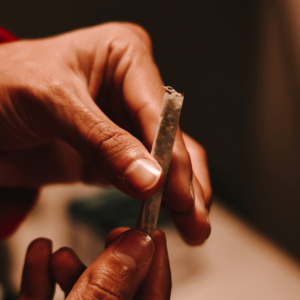
Final Thoughts: Blunt or Joint—It’s All About Preference
In the blunt vs joint debate, there’s no universal winner in the cannabis community. It really comes down to what kind of experience you’re after. Smoking joints are clean, classic, and perfect for purists. Blunts are rich, intense, and ideal for social smokers or those who like a little more edge. Neither is better—they’re just different tools for different moods.
If you’re new to cannabis, start with a joint to understand how your body reacts. If you’re feeling adventurous or want something with a stronger punch, try a blunt—just be mindful of the tobacco. And don’t forget: hemp wraps and pre-rolls open up a world of custom options.
Whatever you choose, roll responsibly, enjoy mindfully, and maybe try both—you never know what your new favorite might be.
Frequently Asked Questions
1. Which is better, blunt or joint?
There isn’t a definitive answer to this one—it all depends on your preferences! If you want a smooth, pure cannabis experience, a joint is typically the way to go. It burns quickly, is easy to roll, and doesn’t have any tobacco mixed in. However, if you’re after a slower burn, more robust flavor, and enjoy the added kick of nicotine, then a blunt might be better suited for you. Ultimately, it’s about your personal smoking style and what you enjoy most in your cannabis sessions.
2. Is it OK to smoke blunt?
Smoking a blunt is OK for many people, but it comes with certain considerations. Tobacco is a key ingredient in most blunts, and it can carry health risks, including increased exposure to nicotine and potential lung irritation. If you’re sensitive to tobacco or prefer to avoid nicotine, you might want to opt for a hemp blunt wrap or a joint. It’s also important to consider how often you smoke, as frequent blunt use may increase health risks associated with tobacco.
3. What makes a joint a blunt?
A joint becomes a blunt primarily due to the type of wrapping material. Joints are rolled with thin cannabis paper, usually made from hemp, rice, or wood pulp. Blunts, on the other hand, are typically rolled in tobacco leaf wraps or blunt wraps, which give them a thicker, slower-burning quality and add nicotine to the experience. So, if you’re rolling with a tobacco leaf (or similar wrap) instead of cannabis paper, you’ve got yourself a blunt!
4. How unhealthy is a blunt?
Blunts can be unhealthy due to the tobacco content in many of them. Smoking tobacco increases your exposure to nicotine, which is addictive and can lead to various health issues like lung damage, heart disease, and an increased risk of cancer. Additionally, the thicker tobacco wrap can make the smoke harsher on the lungs and throat. If you’re concerned about the health risks, consider opting for hemp wraps, which offer a similar experience without the added tobacco. Moderation is key, and it’s important to be mindful of your smoking habits.




